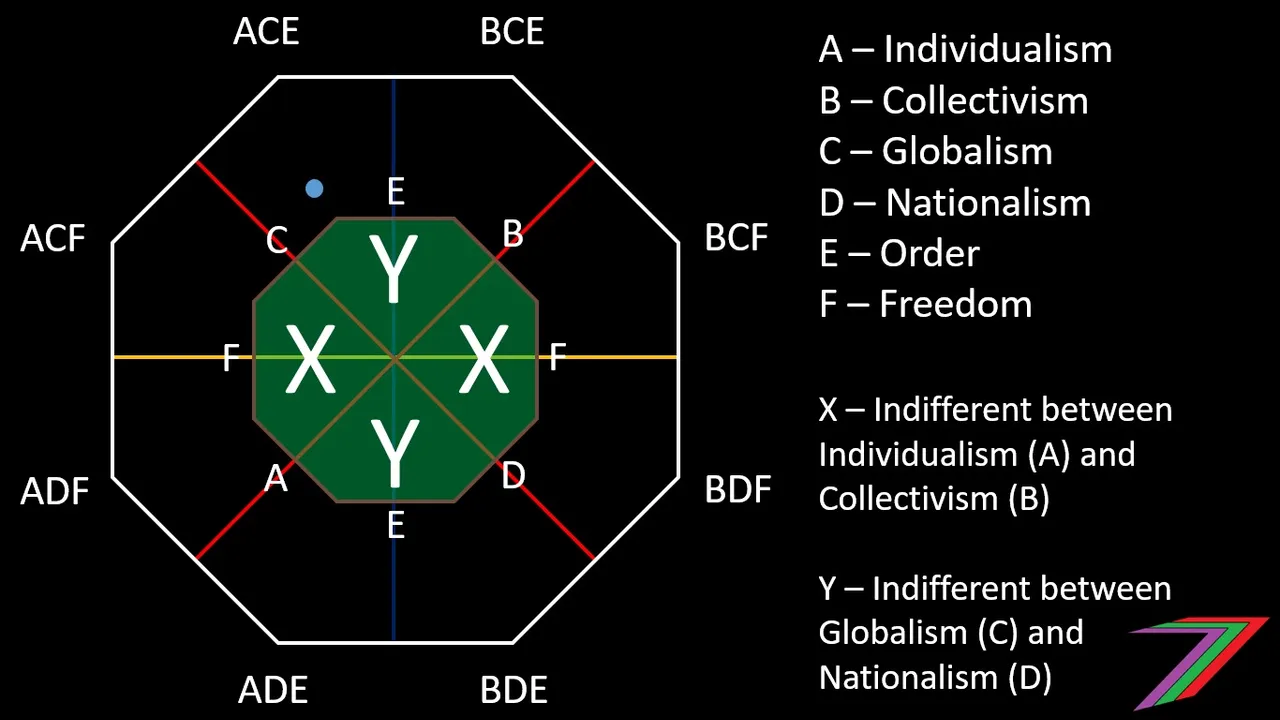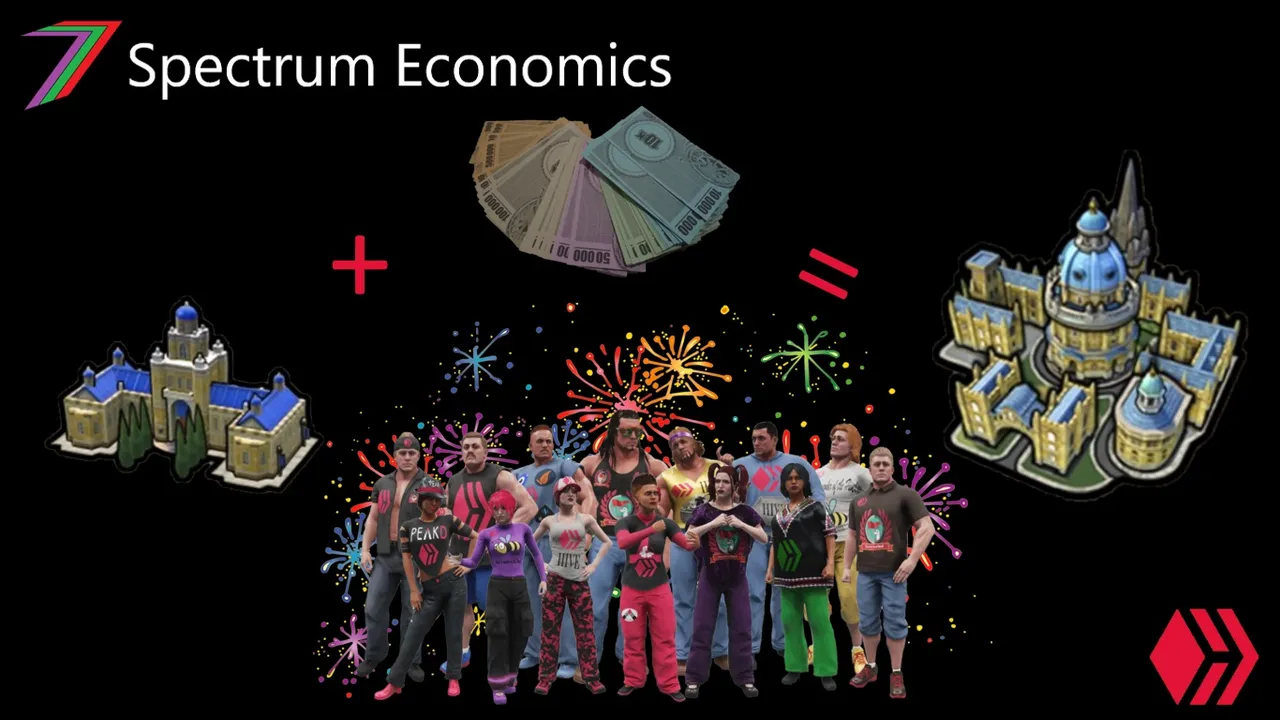Hi Everyone,
The video in this post is a follow up to my post Exploring the Political Spectrum (Octagon Model). The political spectrum is often presented as a choice between the left wing and right wing. Many western countries have just two major political parties. One party represents the left wing and the other the right wing. This adds to the illusion that people have only two choices and only two ways of thinking. In this video, I discuss how the political spectrum is much broader than just two perspectives.
Key Points from the Video
- The video introduces the political spectrum with a focus on the left-right paradigm.
- The video describes some of the ideas often associated with left wing and right wing thinking.
- The video discusses broadening the spectrum to include authoritarian and non-authoritarian ideology.
- The video discusses how the left wing and right wing parties approach authoritarianism. Both appear to be authoritarian but with a different emphasis.
- The video introduces the use of a third axis to broaden the political spectrum.
o Private vs. State
o Dictatorship vs. Democracy
o Authoritarian vs. Non-authoritarian - The video makes a few changes to the axes presented.
o Individualism vs. Collectivism
o Nationalism vs. Globalism
o Order vs. Freedom - The video revisits the left-right paradigm in regards to collectivism and individualism.
- The video revisits the left-right paradigm in regards to globalism and nationalism.
- The videos explains the problem of placing preferences within the three axes/3D Model.
- The video introduces the octagon model
- The video describes how the octagon model works and how you would be able to place your preferences within the model.
- The video describes where left wing, right wing, and my own opinions would fit into the octagon model political spectrum.
- The video makes a brief comparison between using a 3D model and the octagon model.
Additional Information for Clarification

In the video, I discuss the green inner octagon. I want to clarification that the green area is an indifference zone for choices of either individualism or collectivism (left to right) marked by letter ‘X’ in the diagram and for choices of either globalism or nationalism (top to bottom) marked by letter ‘Y’ in the diagram. On the intersects of the red, yellow, and blue lines with the perimeter of the green octagon are letters ‘A’, ‘B’, ‘C’, ‘D’, ‘E’, and ‘F’. These letters represent certainty about one aspect and indifference between all others. For example, at ‘A’ a person absolutely favours individualism over collectivism but is indifferent between freedom and order, and globalism and nationalism.
We can apply this model to a real life preference. For example, a person may lean 80% towards individualism, 60% towards globalism, and 80% towards order. This preference is represented by the blue dot in the diagram. The dot is near the green octagon indicating close to indifference between globalism and nationalism. The dot is nearer ‘E’ than ‘F’, which indicates a stronger preference to order over freedom. The dot is nearer ‘A’ than ‘B’, which indicates a stronger preference to individualism over collectivism. The positioning within the octagon will not be 100% accurate but it can clearly diagrammatically indicate a person’s preferences.
More posts

If you want to read any of my other posts, you can click on the links below. These links will lead you to posts containing my collection of works. These 'Collection of Works' posts have been updated to contain links to the Hive versions of my posts.
My New CBA Udemy Course
The course contains over 10 hours of video, over 60 downloadable resources, over 40 multiple-choice questions, 2 sample case studies, 1 practice CBA, life time access and a certificate on completion. The course is priced at the Tier 1 price of £20. I believe it is frequently available at half-price.
Future of Social Media

▶️ 3Speak





